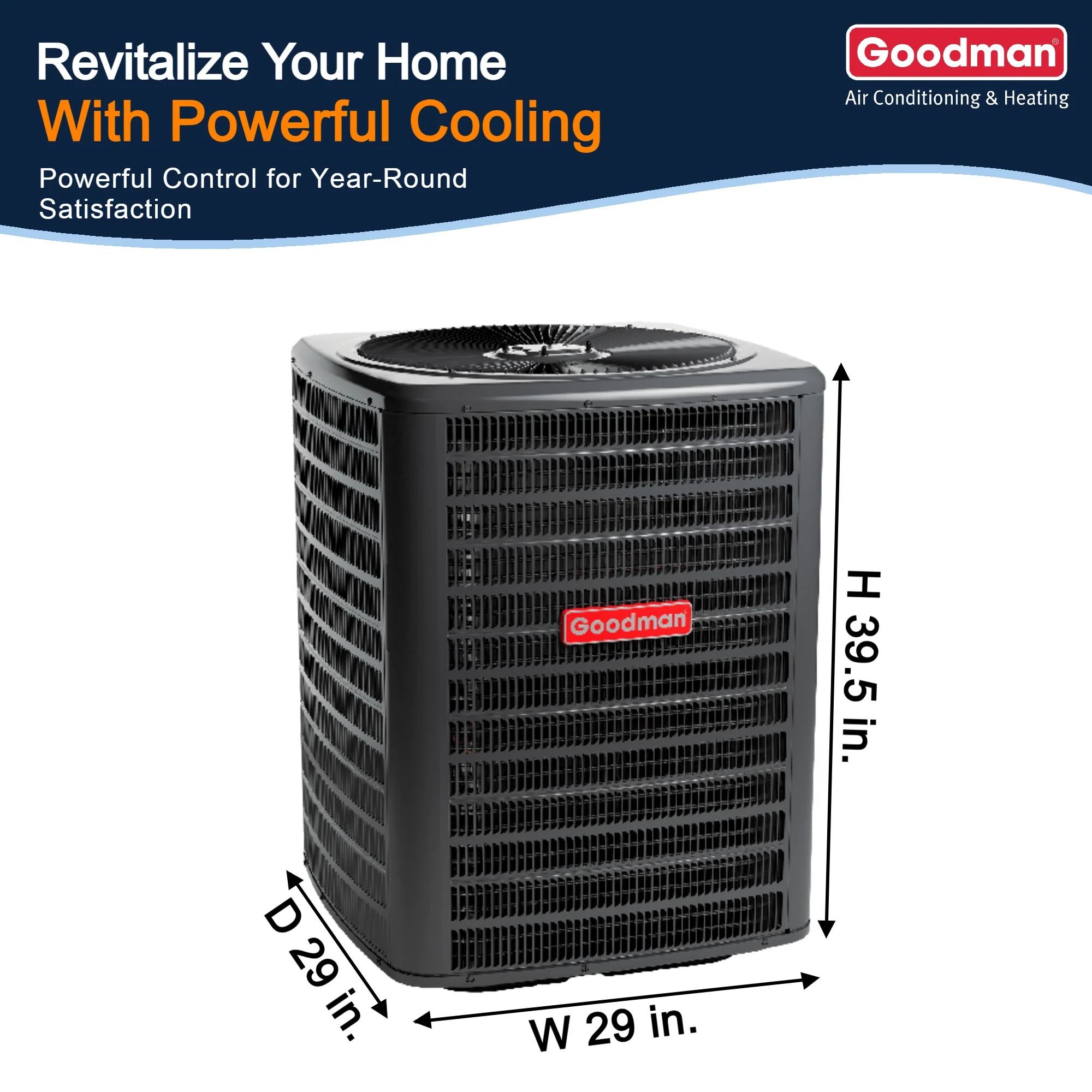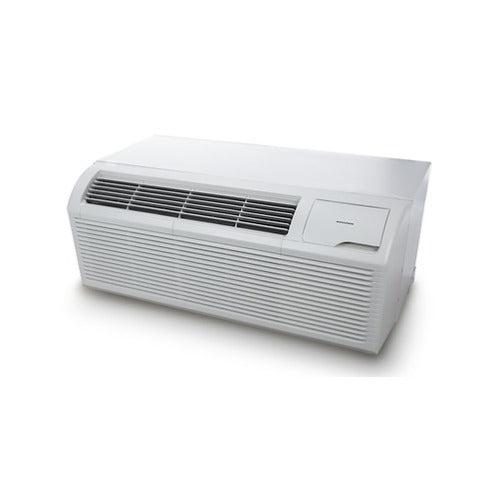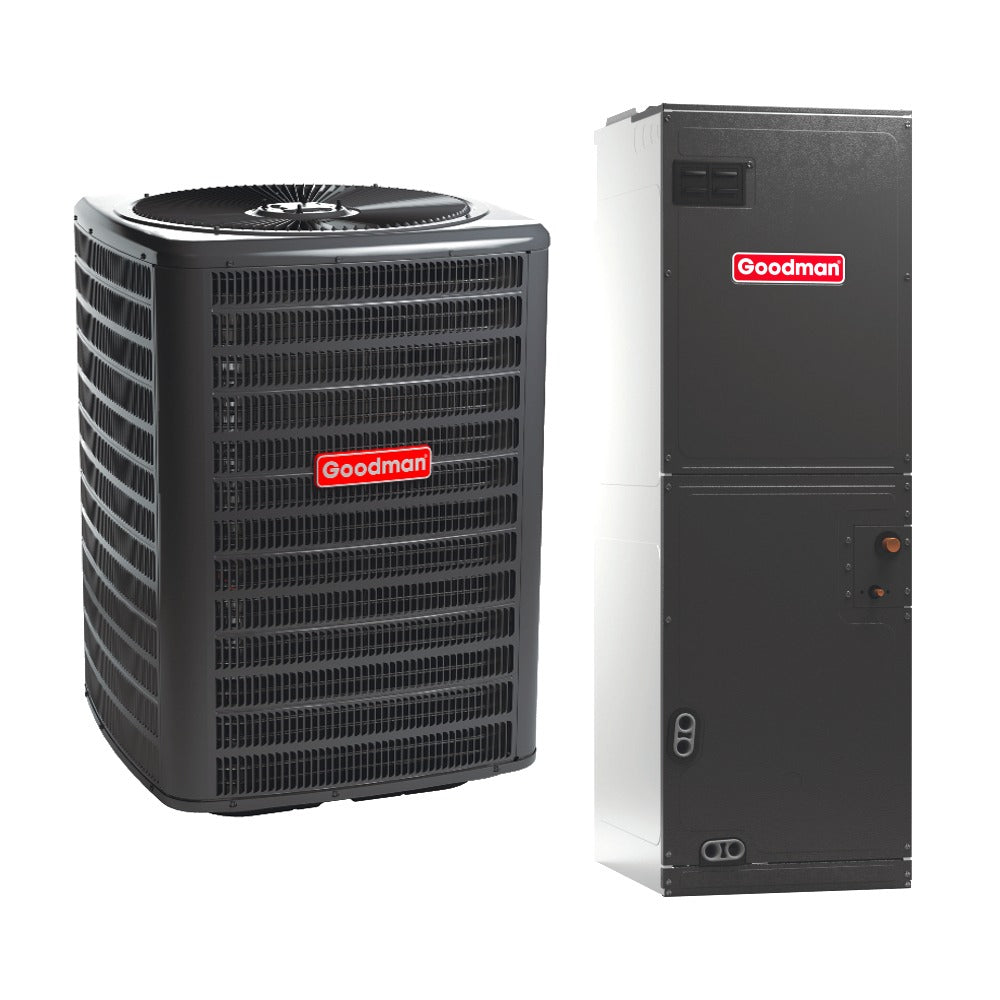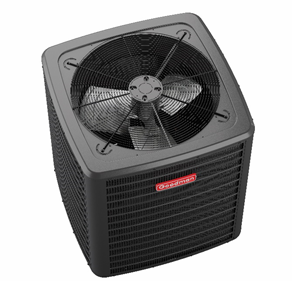Absolutely! Here's a 1,500+ word SEO-rich topic cluster article for:
Maintenance Tips to Maximize Performance of Through-the-Wall Air Conditioners
When it comes to keeping your through-the-wall air conditioner running at peak performance, regular maintenance isn’t just a suggestion—it’s essential. A well-maintained unit provides maximum cooling efficiency, prolongs the lifespan of the system, and saves money by keeping utility bills in check. Plus, proper care helps you maintain high SEER ratings, preserve your investment in R-32 refrigerant-based eco-friendly units, and even qualify for energy rebates.
In this guide, we’ll break down expert-backed maintenance tips that help you get the most out of your unit—from cleaning filters to checking your BTU output performance. Whether you're a homeowner or property manager, understanding these tips can lead to enhanced energy savings, optimal indoor comfort, and long-term reliability.
✅ Why Regular Maintenance Is Crucial
Let’s start with a quick overview of why routine maintenance is non-negotiable for through-the-wall AC units:
-
Saves money: A clean, efficient unit uses less energy, translating to lower utility bills.
-
Preserves efficiency: Dirty coils and filters reduce airflow and heat transfer, dropping your unit's SEER performance.
-
Prolongs lifespan: Well-maintained ACs last several years longer than neglected ones.
-
Ensures BTU delivery: Dirty or malfunctioning units may underperform and not meet the required BTU cooling capacity.
-
Supports green performance: Proper upkeep ensures R-32 refrigerant is used efficiently, minimizing environmental impact.
🛠️ 1. Clean or Replace the Air Filter Regularly
One of the most important maintenance tasks is cleaning or replacing the air filter. Dirty filters restrict airflow, force the system to work harder, and reduce cooling performance.
Recommended Frequency:
-
Monthly during peak use (summer)
-
At least every 2–3 months in milder seasons
How to Do It:
-
Turn off the unit.
-
Open the front grill or access panel.
-
Remove the filter and clean with warm, soapy water if washable.
-
If it’s a disposable filter, replace with a new one.
-
Dry thoroughly before reinserting.
🔑 Pro Tip: Keeping your filter clean can increase energy efficiency by 5–15%, and help maintain your unit’s original SEER rating.
🧼 2. Clean the Evaporator and Condenser Coils
Coils play a crucial role in heat exchange. Over time, they collect dust, dirt, and debris that can lower the efficiency of your BTU cooling output and increase energy consumption.
Steps to Clean:
-
Remove the unit’s front panel and access the evaporator coil.
-
Use a soft brush or coil cleaner spray (available at HVAC stores).
-
For outdoor-facing condenser coils, vacuum or use a soft brush to remove dirt.
👀 Look for:
-
Signs of mold or mildew.
-
Excessive dust buildup.
-
Damaged or bent fins.
⚠️ Dirty coils reduce your unit’s ability to absorb and dissipate heat, leading to higher utility bills and reduced energy efficiency.
🔧 3. Inspect and Clear the Drainage System
All AC units produce condensation, and if the drain line or pan gets clogged, it can lead to water damage or mold growth.
Maintenance Steps:
-
Check the drain pan for standing water.
-
Clear debris or algae from the drain line using vinegar or compressed air.
-
If your unit has a drainage hose, ensure it's securely connected and not leaking.
🧯 Bonus Tip: Some units offer an optional drain pump accessory—these should also be tested and cleaned.
💨 4. Check the Wall Sleeve and Weather Sealing
The wall sleeve that houses the unit should be structurally sound, free of corrosion, and sealed tight to prevent air leakage.
Maintenance Tips:
-
Inspect for cracks or gaps where warm air might be entering.
-
Reseal with weather-resistant caulk or insulation foam.
-
Ensure the sleeve is securely mounted and flush with the wall.
🔄 Maintaining the sleeve also protects the R-32 refrigerant from being overworked due to air leaks that cause the unit to overcompensate.
🔄 5. Optimize Your Thermostat Settings
Smart or programmable thermostats improve enhanced energy efficiency when properly set.
Best Practices:
-
Set a consistent temperature (78°F is often recommended for summer comfort and savings).
-
Use "Eco" or "Energy Saver" mode if available.
-
Program temperature changes for times when you’re away or asleep.
📈 Tip: The better you manage your thermostat, the less strain you place on your unit, which extends its lifespan and helps maintain your SEER rating.
📉 6. Monitor BTU Output and Cooling Performance
Have you noticed your space isn't cooling as quickly as it used to? It might be time to measure your BTU output to make sure it still matches the cooling needs of your room size.
Signs of Reduced BTU Efficiency:
-
Room remains humid or sticky even when cooling.
-
Unit cycles more frequently than normal.
-
Airflow feels weak or inconsistent.
✅ Regularly test your unit’s cooling effectiveness and compare it to its rated BTU capacity. This helps you catch declining performance early and ensure it still meets your room size requirements.
🧊 7. Inspect the Refrigerant Level – Especially R-32 Units
If your unit isn’t cooling effectively, you may have a refrigerant leak. Through-the-wall units using R-32 refrigerant are designed for low Global Warming Potential (GWP) and superior cooling, but leaks can be dangerous and reduce system efficiency.
What to Watch For:
-
Hissing or bubbling sounds.
-
Ice buildup on the coils.
-
Weak airflow and longer cooling times.
🧪 Only a licensed HVAC technician should handle R-32 refrigerant. They can:
-
Measure pressure levels.
-
Top off refrigerant safely.
-
Fix any leaks to restore optimal SEER and BTU output.
🛑 8. Schedule Annual Professional Tune-Ups
Even if you're on top of monthly maintenance, scheduling a professional check-up once a year is critical. A licensed technician can:
-
Deep clean internal components.
-
Test the compressor, blower motor, and control board.
-
Inspect the refrigerant system (especially for R-32 refrigerant).
-
Check the unit’s electrical integrity.
💰 Pro Tip: Many utility companies and HVAC manufacturers offer rebates or discounts for scheduling annual tune-ups with certified professionals.
💡 Bonus: Register Your Unit and Track Rebate Opportunities
If you've recently installed a new through-the-wall air conditioner, register it with the manufacturer. This not only protects your warranty but often makes you eligible for:
-
SEER-rated efficiency rebates
-
Energy Star® incentives
-
State and local energy efficiency programs
📋 Quick Maintenance Checklist
| Task | Frequency | Benefits |
|---|---|---|
| Clean/replace air filter | Monthly | Boosts airflow and efficiency |
| Clean evaporator/condenser coils | Every 3 months | Preserves BTU and SEER performance |
| Check refrigerant levels | Annually | Maintains optimal cooling |
| Inspect drain and pan | Every 2 months | Prevents water damage |
| Clean wall sleeve and seal gaps | Every 6 months | Improves energy savings |
| Professional service | Annually | Full performance restoration |
🌿 Final Thoughts: Maximize Performance, Minimize Cost
A well-maintained through-the-wall AC unit doesn’t just keep you cool—it saves you money, reduces your carbon footprint, and extends the life of your investment. By keeping your unit clean, properly sealed, and fully operational, you’ll preserve high BTU performance, maintain top-tier SEER ratings, and optimize the eco-friendly benefits of R-32 refrigerant.
Don’t forget to look into rebates and energy-saving programs that reward smart maintenance and energy efficiency. Over time, the savings add up—not just in utility bills, but in fewer repairs and replacements.








1 comment
Duct Cleaning Portland Pro
Great post! To maximize the performance of through-the-wall ACs, clean or replace filters regularly, check and seal any gaps around the unit, clean the coils, ensure proper drainage, and schedule seasonal tune-ups. Simple upkeep goes a long way in boosting efficiency and lifespan!